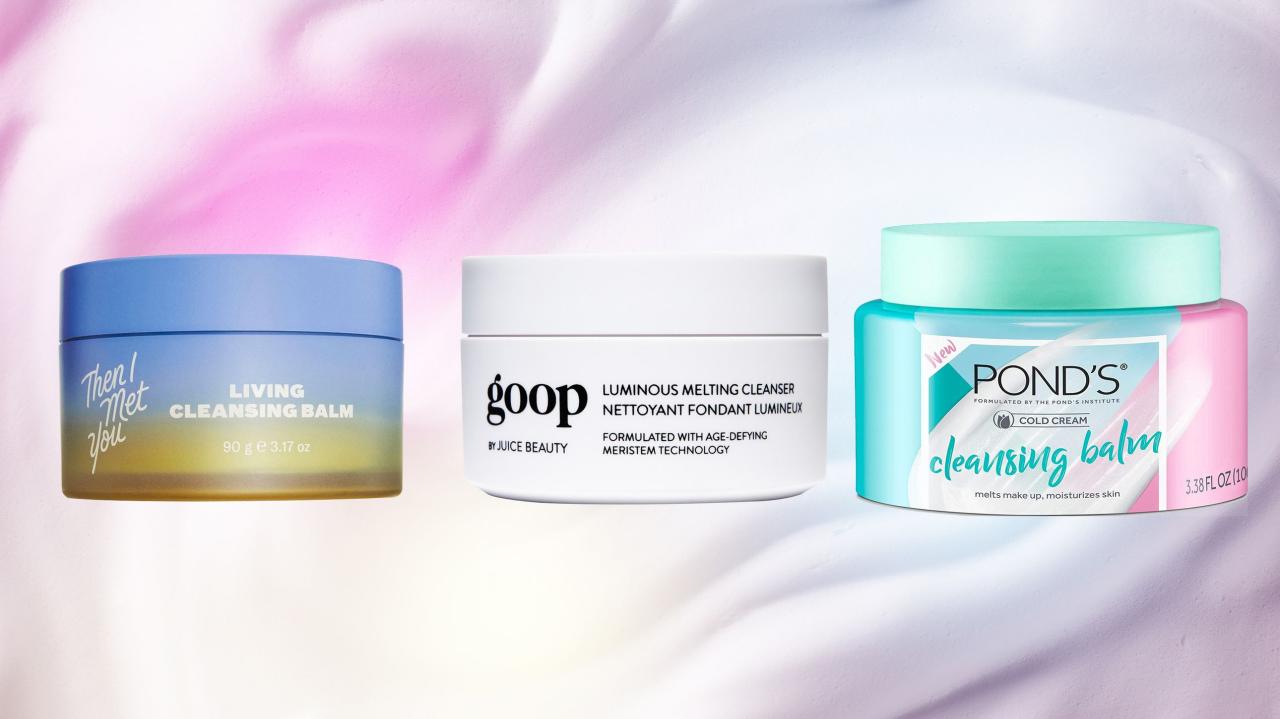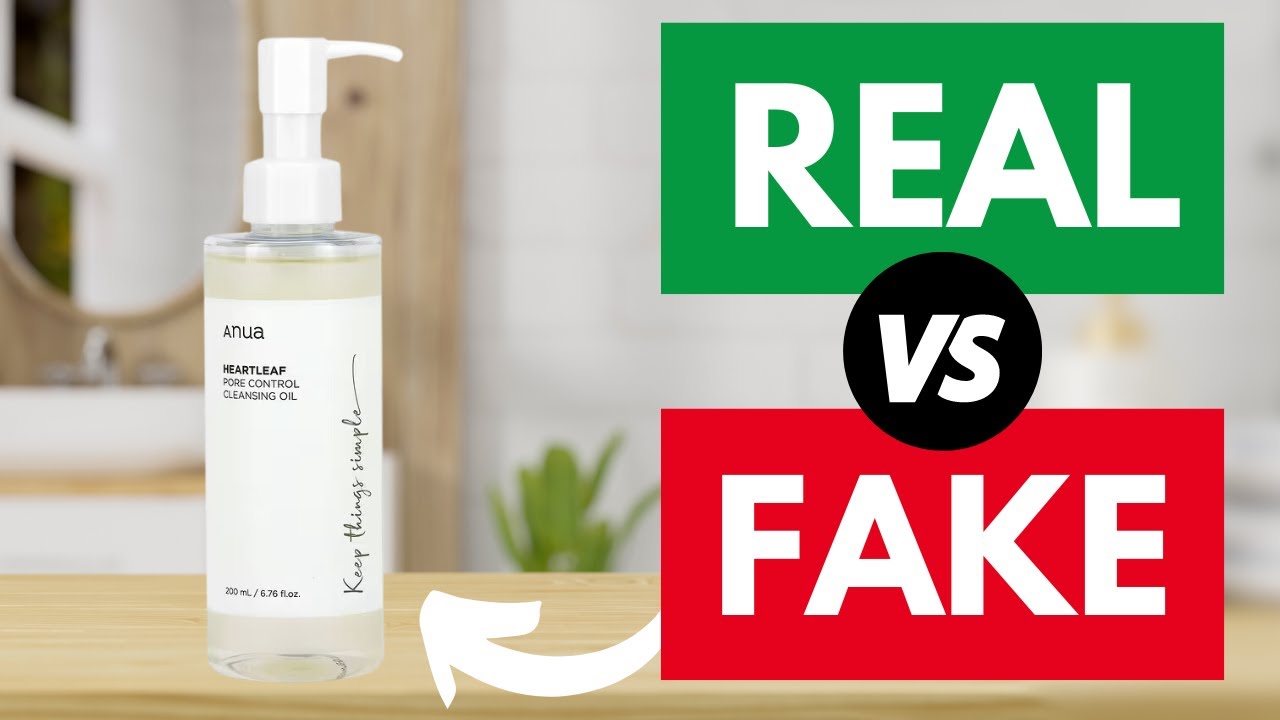Cleansing oil vs cleansing balm for dry skin comparison: Oh, the drama! Two titans of the skincare world clash in a battle for the best clean. Dry skin sufferers, rejoice! This isn’t just another beauty face-off; it’s a quest for the ultimate hydration hero. We’ll delve into the textures, ingredients, and application techniques of both cleansing oils and balms, uncovering which reigns supreme for parched complexions.
Prepare for a deep dive into the world of luxurious cleansers!
We’ll dissect the ingredient lists, comparing the moisturizing magic of oils like jojoba and argan to the comforting embrace of shea butter and beeswax in balms. We’ll explore application methods, revealing the secrets to a truly effective cleanse without stripping your skin’s natural oils. Think of it as a choose-your-own-adventure for your face, with a happy ending guaranteed (hydrated, radiant skin!).
Get ready to find your perfect match.
Cleansing Oil vs. Cleansing Balm for Dry Skin: A Deep Dive: Cleansing Oil Vs Cleansing Balm For Dry Skin Comparison
Dry skin? The quest for the perfect cleanser can feel like searching for the Holy Grail. Enter cleansing oils and balms, two heavy-hitters in the skincare world, both promising to hydrate and nourish. But which one reigns supreme for dry, parched skin? This comprehensive comparison will help you navigate the oily vs.
balmy waters and find your perfect match.
Cleansing Oil vs. Cleansing Balm: A First Glance
Let’s start with the basics. Cleansing oils are, well, oils! Think lightweight, fluid textures that melt away makeup and impurities. Cleansing balms, on the other hand, offer a more solid, often waxy consistency that transforms into an oil upon contact with skin. Both are fantastic for dry skin, but their compositions and textures offer unique benefits.
| Product Name | Key Ingredients | Texture | Primary Benefits |
|---|---|---|---|
| Cleansing Oil | Various plant oils (jojoba, argan, rosehip), squalane | Lightweight, fluid | Deep cleansing, effective makeup removal, hydration |
| Cleansing Balm | Shea butter, beeswax, plant oils, emollients | Solid, transforms to oil upon application | Deep cleansing, hydration, skin barrier support |
Ingredient Breakdown: The Secret Sauce, Cleansing oil vs cleansing balm for dry skin comparison
The magic lies in the ingredients. Both cleansing oils and balms leverage the power of emollients and oils to combat dryness. Let’s delve into the good stuff.
- Jojoba Oil: Mimics sebum, regulating oil production and deeply hydrating.
- Argan Oil: Rich in antioxidants and fatty acids, promoting skin elasticity and reducing inflammation.
- Squalane: A naturally occurring lipid, excellent for hydration and barrier repair.
- Shea Butter: A powerful emollient, intensely moisturizing and protective.
- Beeswax: Adds a protective layer, sealing in moisture and preventing water loss.
Here’s a quick pros and cons list of common ingredients:
- Pros: Jojoba oil (excellent for all skin types, mimics sebum), Shea butter (intense hydration), Squalane (barrier repair).
- Cons: Some individuals may experience allergic reactions to specific plant oils or beeswax (rare).
Texture and Application: The Hands-On Experience

The difference in texture significantly impacts application and removal. Cleansing oils, being fluid, glide effortlessly across the skin, requiring a gentle massage to emulsify makeup and impurities. Cleansing balms, starting as solids, require a bit more warming in the hands before application, offering a luxurious, almost spa-like experience. Removal for both involves using a warm, damp cloth or muslin.
- Cleansing Oil Application: Apply a few pumps to dry skin, massage gently for a minute or two, then rinse with warm water.
- Cleansing Balm Application: Scoop a small amount, warm it between your fingers, and massage gently onto dry skin. Use a warm, damp cloth to remove.
Efficacy for Dry Skin: Hydration and Barrier Repair

Both cleansing oils and balms excel at hydrating and supporting the skin barrier. The oils and emollients penetrate the skin, replenishing lost moisture and preventing further water loss. For conditions like eczema or psoriasis, these cleansers can be gentler than harsh, foaming cleansers, reducing irritation and promoting healing.
Ingredients like ceramides (often found in higher-end formulations) directly support barrier repair, while oils like squalane and shea butter provide a protective layer, preventing moisture evaporation.
Environmental Impact and Sustainability
Choosing eco-friendly options is key. Look for brands using sustainable packaging (refillable containers, minimal plastic) and sourcing ingredients responsibly. Many brands now offer cleansing oils and balms in glass bottles or aluminum tins, reducing plastic waste.
- Typical Packaging: Plastic bottles (oils), jars (balms).
- Sustainable Alternatives: Glass bottles, aluminum tins, refillable containers.
Cost and Availability
Price points vary widely, from drugstore-friendly options to luxury brands. Both cleansing oils and balms are readily available online and in many brick-and-mortar stores, including department stores, pharmacies, and specialty beauty retailers.
Budget-friendly options often utilize more common oils like sunflower or grapeseed, while luxury versions may incorporate rare or exotic oils and additional beneficial ingredients.
Illustrative Examples: Cleansing Oil and Balm Profiles

Imagine a luxurious cleansing oil, shimmering with a blend of golden jojoba and argan oils. The scent is subtly floral, almost imperceptible, leaving skin feeling soft and supple, not stripped or tight. Makeup melts away effortlessly, leaving behind a radiant, hydrated complexion.
Now picture a rich, decadent cleansing balm, the texture like smooth honey. It melts onto the skin, releasing a calming lavender scent. The balm’s blend of shea butter, beeswax, and rosehip oil leaves skin feeling deeply nourished, plump, and protected from the elements. The removal process is a mini-facial, leaving skin feeling incredibly soft and clean.
End of Discussion
So, cleansing oil or balm? The victor in this dry skin showdown depends entirely on your preferences and skin’s unique needs. Both offer fantastic moisturizing power, but one might resonate more with your texture preferences and application style. Ultimately, the key is finding the cleanser that leaves your skin feeling soft, supple, and utterly blissful. Embrace the pampering ritual, and may your skin forever glow!
